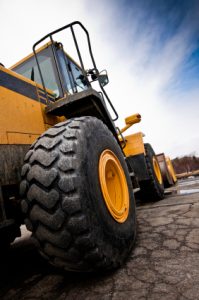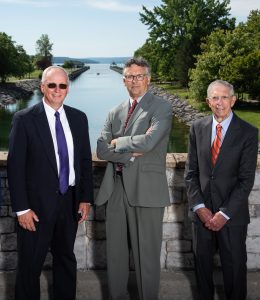If you walk into a Syracuse, New York pub on a Friday at 5:20, and you happen upon a group of personal injury lawyers having an end-of-the-week beer, you might hear them rant about how unfair some New York personal injury laws are. For example, unlike most States, New York does not allow the immediate family of a wrongful death victim to receive compensation for their grief and heartache at losing their loved one, even if that loved one is a child. A millionaire drunk driver ran over your thee year old? Tough luck, mom. Was he supporting you economically? Of course not, so you don’t get economic loss recovery. So what if he was the most important thing to you in the whole world, and your life has been destroyed by losing him. No compensation for your grief! You might settle that case for a few thousand dollars, but not the millions it is really worth. Very unfair!
But New York personal injury law has its upside, too. For example, unlike any other state, New York has something called “the scaffold law”, also known as Labor Law section 240. That law allows construction workers and others who fall from heights – and in some cases upon whom objects fall — to get full compensation for their injuries. This compensation goes far beyond mere workers’ compensation. The injured fallen worker can sue the general contractor and owner of the construction project for real money, including pain and suffering compensation. Usually, the case will involve a ladder or scaffold that failed, but can also involve a worker falling because he was not provided with adequate fall protection, such as a harness or barrier.
But here’s the real kicker, and here’s why New York construction accident lawyers like me just love Labor Law section 240: The injured worker gets fully compensated even if the fall from the height was partially his own fault, as long as Labor Law section 240 was violated. And Labor Law section 240 is violated almost anytime a construction worker falls from a height, whether because the ladder or scaffold or harness failed, or because such safety devices were not provided, or because proper barriers were not in place.
 Central New York Injury Lawyer Blog
Central New York Injury Lawyer Blog



